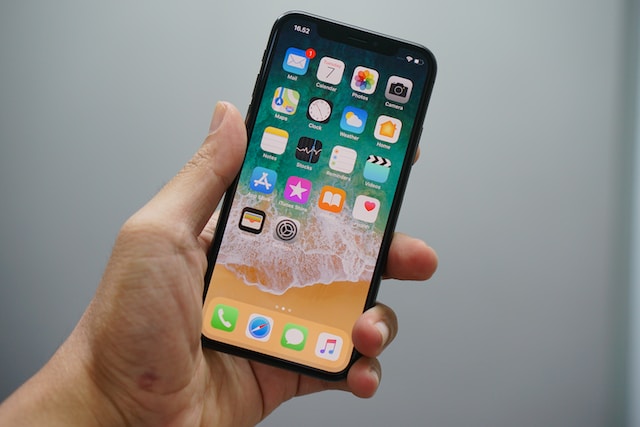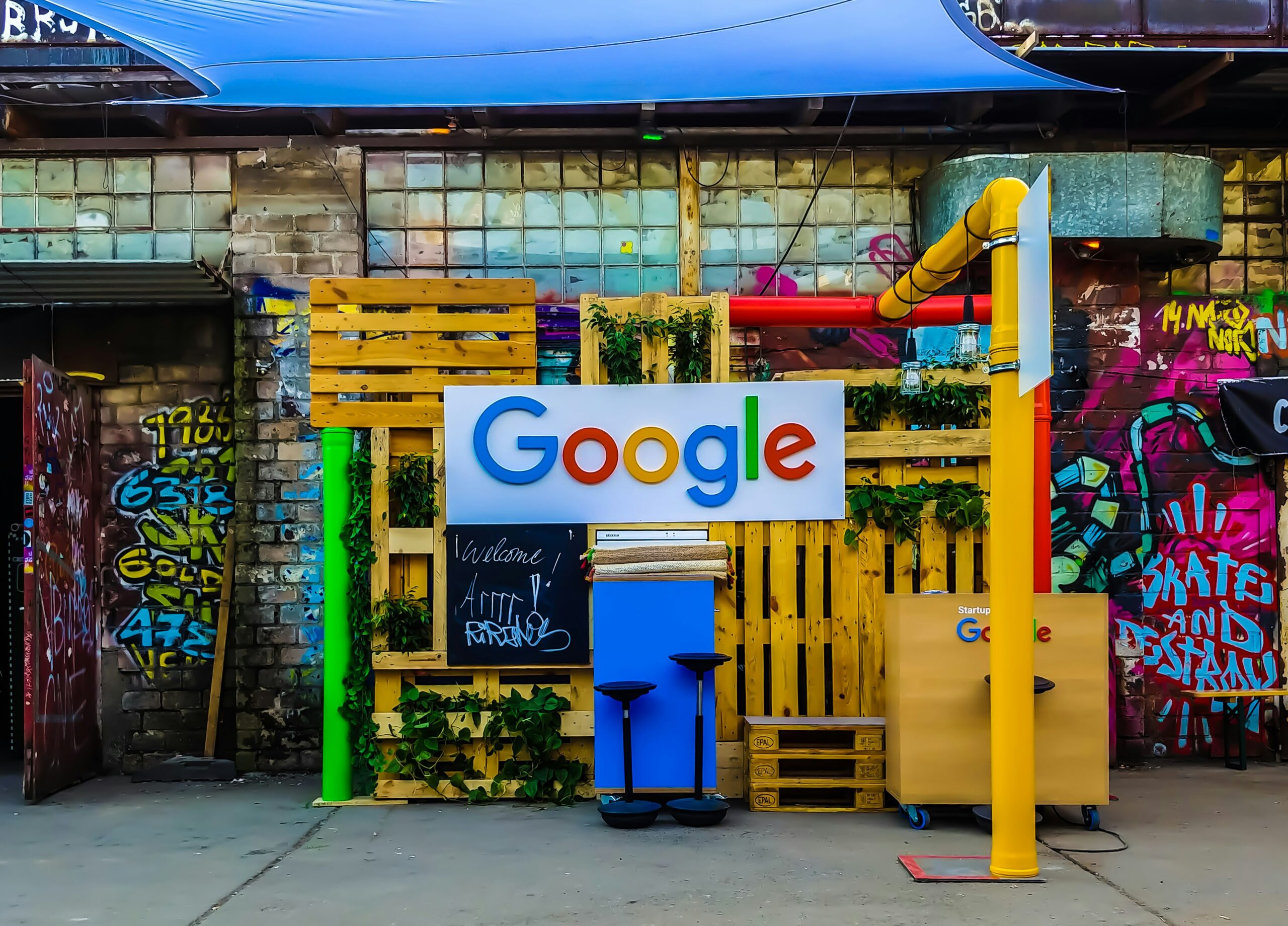Apple has long been known for pushing the boundaries of innovation and setting new standards in the tech industry. However, the absence of a 120Hz refresh rate in their non-Pro iPhones has left many disappointed. This decision, or perhaps omission, has ignited debates among tech enthusiasts and loyal Apple users, raising questions whether an “average consumer” needs 120Hz ProMotion display.
A 120Hz refresh rate offers a substantial leap in display performance, enhancing the user experience by delivering smoother animations, crisper visuals, and overall responsiveness. It significantly reduces motion blur, making interactions on a device feel more natural and seamless. The difference is most felt while scrolling through social media feeds, news stories, etc. than while doing other tasks.
The only reason Apple is able to sell a 60Hz Display on iPhone 14 and now on iPhone 15 is because most users who haven’t experienced 120Hz don’t find anything wrong with 60Hz. But that doesn’t justify not providing a 120Hz Display, or at least a 90Hz Display, for a phone which costs around Rs. 70,000 and upwards. Anybody who has used 120Hz on the Pro & Pro Max series of iPhones will not want to use 60Hz.
Users argue that 60Hz Display on iPhone is better than 120Hz on Android devices, but that’s laughable. At best, one can claim 60Hz Display on iPhone is better than 60Hz on most Android devices but that can’t be compared with 120Hz.
In a market where Android counterparts swiftly adopted and integrated 120Hz displays, Apple’s decision not to follow suit for the non-Pro iPhone series isn’t justifiable. Further, the absence of a clear explanation from Apple leaves users speculating and feeling a sense of disconnect from the brand.Worst, we still don’t know whether the iPhone 16 (non-Pro models) will get 120Hz or not. Hopefully, Apple will get ProMotion to the entire iPhone 16 Series.





